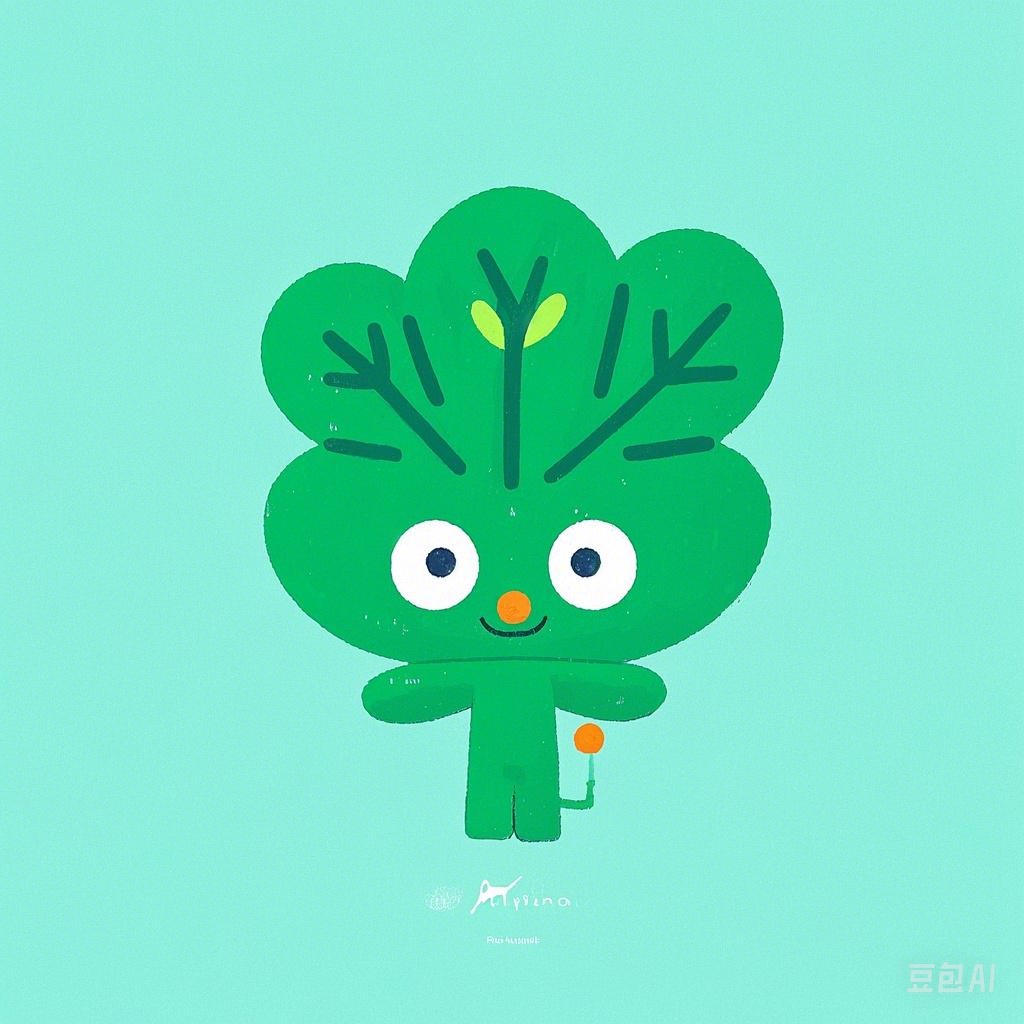The English ecosystem art scene is a vibrant and diverse community, offering a platform for artists to explore and express their creativity through various forms of illustration. Whether you are a seasoned artist or just starting out, unlocking the beauty of English ecosystem art requires a blend of technical skill, creative vision, and an understanding of the aesthetics that make these illustrations stand out. This article will provide you with creative tips and techniques to help you create aesthetically pleasing illustrations that capture the essence of the English ecosystem.
Understanding the English Ecosystem
Before diving into the creative process, it is essential to have a solid understanding of the English ecosystem. This includes familiarizing yourself with the flora, fauna, landscapes, and environmental conditions that characterize this region. By doing so, you can create illustrations that are not only visually appealing but also accurate and informative.
Research and Observation
- Field Trips: Visit natural reserves, parks, and other outdoor spaces to observe the ecosystem firsthand.
- Photography: Capture the details of the environment, plants, and animals to use as reference material.
- Books and Online Resources: Utilize books, documentaries, and online databases to deepen your knowledge.
Developing a Creative Vision
Once you have a grasp of the English ecosystem, the next step is to develop a unique creative vision for your illustrations. This involves defining your artistic style, theme, and message.
Artistic Style
- Realism: Aim for lifelike representations of the ecosystem, focusing on detailed textures and accurate proportions.
- Abstract: Use abstract shapes and colors to convey the essence of the environment without focusing on realism.
- Cartoonish: Create whimsical and playful illustrations that appeal to a broader audience.
Theme and Message
- Conservation: Illustrate the importance of preserving the English ecosystem for future generations.
- Education: Create informative illustrations that educate viewers about specific plants, animals, or environmental issues.
- Personal Interpretation: Express your own unique perspective on the English ecosystem.
Techniques for Aesthetically Pleasing Illustrations
Composition
- Rule of Thirds: Divide your canvas into nine equal parts using two horizontal and two vertical lines. Place your subject at the intersections to create a more balanced and visually appealing composition.
- Leading Lines: Use natural lines in the environment, such as rivers or paths, to guide the viewer’s eye through the illustration.
- Framing: Frame your subject with elements of the environment to create a more cohesive and engaging illustration.
Color Theory
- Color Scheme: Choose a color scheme that complements the environment, such as greens, browns, and blues for natural landscapes.
- Contrast: Use contrasting colors to make your subject stand out and create a focal point.
- Warm and Cool Colors: Incorporate warm colors (reds, oranges, and yellows) to create a sense of energy and cool colors (blues, greens, and purples) to create a sense of calm.
Texture and Detail
- Texture: Add texture to your illustrations to give them a more realistic and tactile feel. Use various brush strokes, patterns, and textures to achieve this.
- Detail: Pay attention to detail, especially in areas such as leaves, feathers, and fur. This can help create a more convincing and immersive illustration.
Tools and Materials
Digital Tools
- Software: Programs like Adobe Photoshop, Illustrator, and Procreate offer a wide range of tools for digital illustration.
- Brushes: Use natural brush strokes to mimic traditional painting techniques.
Traditional Tools
- Paper: Choose high-quality paper that is suitable for your chosen medium, such as watercolor, acrylic, or pencil.
- Pencils and Brushes: Use a variety of pencils and brushes to achieve different effects and textures.
Final Thoughts
Unlocking the beauty of English ecosystem art requires a combination of technical skill, creative vision, and an appreciation for the natural world. By following these tips and techniques, you can create aesthetically pleasing illustrations that not only showcase your talent but also contribute to the appreciation and preservation of the English ecosystem. Remember to experiment with different styles and techniques to find what works best for you, and don’t be afraid to push the boundaries of your creativity.
